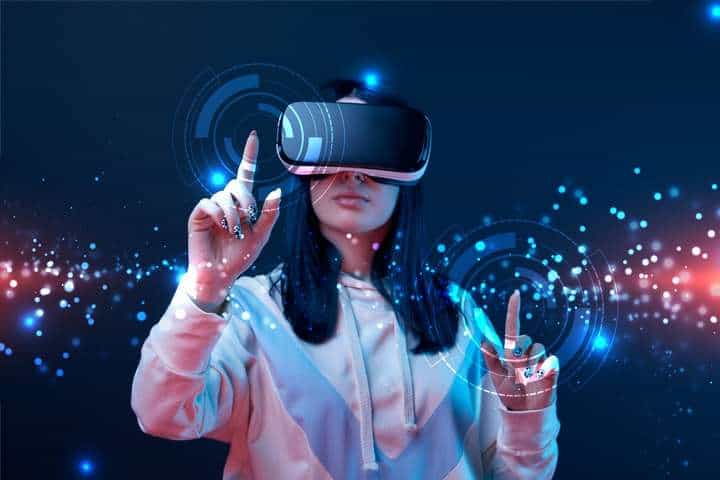From AI to VR: Understanding the Latest Trends in Tech
Are you ready to take a deep dive into the latest innovations in technology? From artificial intelligence (AI) to virtual reality (VR), the world of tech is constantly evolving and transforming at lightning speed. With new breakthroughs, emerging technologies, and exciting advancements on the horizon, it’s essential to stay up-to-date with what’s happening in this dynamic industry. Join us as we explore some of the most significant trends shaping our digital future and discover how they’re changing the way we live, work, and play. Get ready for an insightful journey through the cutting-edge world of AI to VR!
Introduction to AI and VR
The term “AI” stands for artificial intelligence. AI is the result of applying cognitive science techniques to artificially create something that performs tasks that only humans can perform, like reasoning, natural communication, and problem solving. The term “VR” stands for virtual reality. VR is a computer-generated simulation of a three-dimensional environment that can be interacted with in a seemingly real or physical way by a person using special electronic equipment, like a helmet with a screen inside it.
The latest trends in tech are dominated by two cutting-edge technologies: artificial intelligence (AI) and virtual reality (VR). In this blog post, we’ll explore what these technologies are and how they’re being used today.
AI is being used in a variety of ways, from improving search engine results to powering chatbots that can have conversations with people. One of the most promising applications of AI is its use in healthcare, where it’s being used to diagnose diseases and develop personalized treatments.
VR is also being used in many different industries, from gaming to retail to education. In gaming, VR allows players to be fully immersed in the game world and interact with it in realistic ways. In retail, VR is being used to give customers immersive experiences that allow them to try out products before they buy them. And in education, VR is being used to create simulated environments that can be used for training purposes or for exploring dangerous or difficult-to-reach places.
Benefits & Risks of AI and VR
The benefits of artificial intelligence (AI) and virtual reality (VR) are often spoken about in the same breath. Both technologies have the potential to change the way we live and work, and there are plenty of reasons to be excited about their future applications. However, it’s important to understand the potential risks as well as the rewards that come with these cutting-edge technologies.
Benefits:
1. The ability to automate repetitive tasks: One of the biggest advantages of AI is its ability to automate tasks that are repetitive and time-consuming. This can free up humans to focus on more creative or strategic work.
2. Increased efficiency and productivity: AI has the potential to make us more efficient and productive by taking on some of the grunt work that we would otherwise have to do ourselves.
3. Improved decision-making: By analyzing huge amounts of data, AI can help us make better decisions by providing insights that we wouldn’t be able to access on our own.
4. Greater customization and personalization: Thanks to its ability to learn and evolve over time, AI can provide a level of customization and personalization that is unrivaled by any other technology.
5. New opportunities for human creativity: Rather than replacing humans, AI could actually open up new opportunities for human creativity by handling some of the more mundane tasks that creative professionals currently have to deal with.
Risks:
1. Job loss: One of the
How Companies are Using AI and VR
In recent years, there has been a lot of buzz around the potential of artificial intelligence (AI) and virtual reality (VR). While both technologies are still in their early stages of development, companies are already beginning to explore how they can be used to improve their businesses.
One area where AI is being used is in customer service. Chatbots are a type of AI that can be used to automate customer service tasks such as answering common questions and resolving simple issues. This can free up customer service representatives to handle more complex queries.
VR is also being used by companies to provide training and simulations for employees. For example, Walmart is using VR to train its associates on how to deal with difficult customers or handle products that are in high demand. This type of training can be more effective than traditional methods, as it allows employees to experience realistic scenarios in a safe environment.
As both AI and VR continue to evolve, it’s likely that we’ll see even more innovative ways that companies are using these technologies to improve their businesses.



